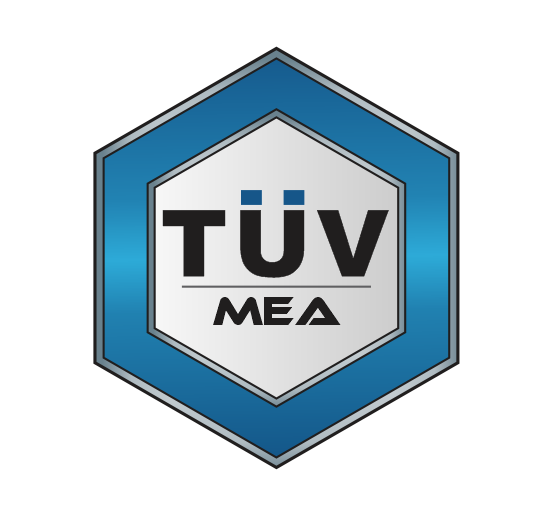Non-Destructive Testing (NDT)
Non-Destructive Testing (NDT) is a set of techniques used to evaluate the integrity and properties of materials, components, or structures without causing any damage to them. NDT plays a crucial role in various industries, including manufacturing, construction, aerospace, and energy, by ensuring the quality and safety of critical components without the need for destructive methods. These techniques provide valuable insights into the condition of materials and help identify any defects or irregularities that could compromise performance or safety.

Benefits
NDT allows for the evaluation of material integrity without causing any damage. This is particularly important for critical components where preserving the structural and functional integrity is essential.
NDT methods enable the early detection of defects such as cracks, corrosion, and material discontinuities before they become more severe. Early identification allows for timely corrective actions, preventing catastrophic failures and reducing repair costs.
NDT is widely used in manufacturing to assess the quality of materials and components during production. By detecting defects in real-time, manufacturers can ensure that only high-quality products are released to the market, minimizing the likelihood of recalls and warranty claims.
NDT contributes significantly to enhancing the safety of structures and components. By identifying potential weaknesses or defects, NDT helps prevent accidents and failures, ensuring the safety of both the end-users and the general public.
Through the identification and assessment of defects, NDT helps improve the overall reliability of components and structures. This is critical in industries such as aerospace, where the reliability of materials and components is paramount for the safety of aircraft and passengers.
NDT can result in significant cost savings by identifying and addressing issues early in the manufacturing or operational phase. This prevents the need for costly repairs or replacements and minimizes downtime associated with unexpected failures.
By preventing premature failures and the need for frequent replacements, NDT contributes to reducing the environmental impact associated with the production and disposal of materials and components.
Regular NDT inspections can extend the lifespan of assets by identifying and addressing issues that could lead to deterioration over time. This is particularly important in industries with long-life assets, such as infrastructure and energy.
Consistently employing NDT to ensure the quality and safety of products or structures can enhance a company's reputation. It demonstrates a commitment to delivering reliable and high-quality products or services, which can positively impact customer trust and satisfaction.
